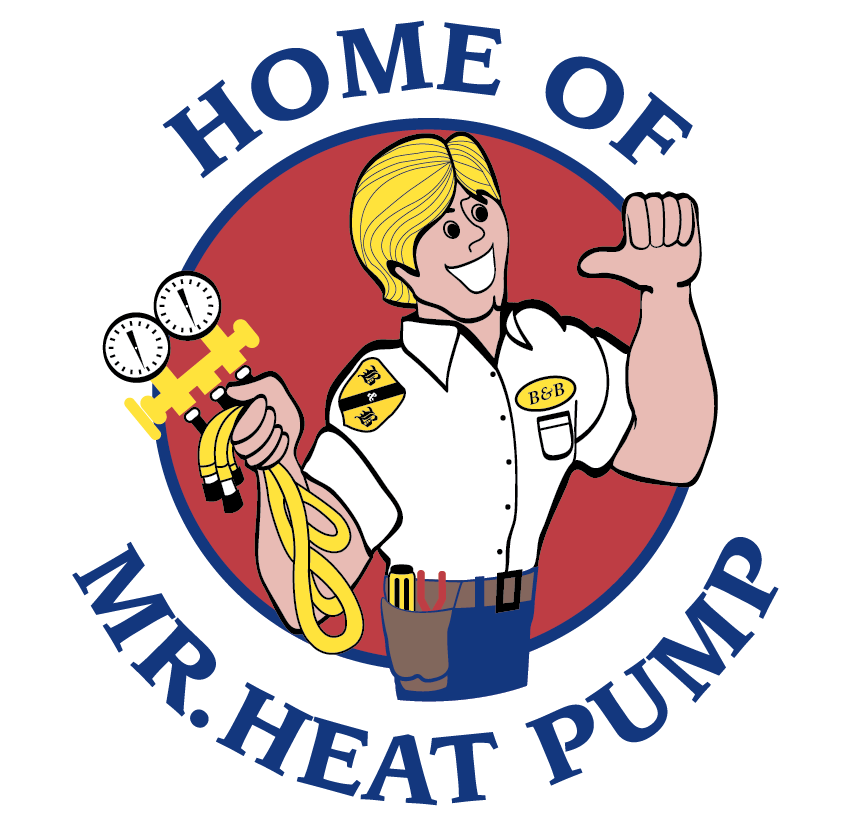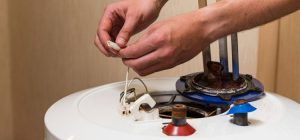A malfunctioning water heater can be a real headache, especially when you’re left with nothing but cold water for your shower. If you’re facing issues like inconsistent temperatures, leaks, or strange noises coming from your unit, it’s time to call in a professional.
But what exactly happens during a professional water heater repair? Here is what you can expect when a technician arrives to get your hot water heater back up and running.
1. Initial Inspection and Diagnosis
The first step in any water heater repair is a thorough inspection of the unit. The technician will ask about the problems you’ve been experiencing and perform a visual and functional check of the unit. They’ll inspect key components like the heating elements, thermostat, pressure relief valve, and gas supply (if you have a gas water heater applicable). If your unit is electric, they may also test the wiring and circuit connections to rule out electrical failures.
2. Identifying the Root Cause
Once the initial inspection is complete, the technician will pinpoint the root cause of the issue. Common water heater problems we often diagnose include:
- A faulty thermostat that isn’t regulating temperature properly
- Sediment buildup in the tank, affecting heating efficiency
- A broken heating element in electric models
- A pilot light or gas control valve issue in gas water heaters
- Leaks from corroded tank fittings or worn-out seals
After diagnosing the problem, the technician will explain the necessary repairs and provide an estimate for the work.
3. Repair or Replacement of Parts
If the issue can be fixed with a simple repair, the technician will proceed right away. This could mean replacing a heating element, fixing a leak, or flushing out the tank to remove sediment. Some repairs are quick and take less than an hour, while others, like replacing a thermostat or gas control valve, may take longer.
If your water heater is old (typically over 10 to 12 years), the technician may suggest a replacement water heater instead. A new unit may be more energy efficient and save you money in the long run.
4. Testing and Final Checks
After completing the repair, the technician will test the water heater to ensure that it is functioning correctly. They’ll check for proper heating, water pressure, and safety measures like the pressure relief valve. If everything looks good, they’ll clean up their workspace and provide you with any maintenance tips to keep your unit in good condition.
5. Future Maintenance Recommendations
To prevent future breakdowns, your technician may recommend routine maintenance, such as flushing your tank annually or checking the anode rod to prevent corrosion. Staying on top of these small tasks can extend the lifespan of your unit and reduce the need for costly repairs.
If you require water heater repair in Gaithersburg, MD, don’t hesitate to call a professional. Quick action can prevent minor issues from turning into major headaches.
Call B&B Air Conditioning & Heating Service… We are always there when you need us.



